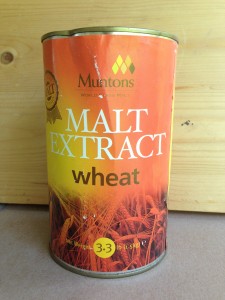
Malt extract is convenient and great for many beers. To brew very hoppy beers, however, you may need toalter your usual brewing techniques a bit
IPAs are all the rage these days. And stovetop extract brewers, of course, want to brew them and other hoppy beers. Although you can brew a fine extract IPA, there are some challenges that you must first overcome.
The standard practice for brewing stovetop extract beers — in the US, at least — is too steep some specialty grains, then boil a thick wort of dissolved malt extract in a stovetop brew pot. After the wort is boiled, it is cooled and diluted to working strength in the fermenter. Often, for a 5.0-gallon (19-L) batch of homebrew, around 2–3 gallons (8–11 L) of wort is boiled. This practice works well for many types of beers, but can cause problems if you are trying to brew a very hoppy ale.
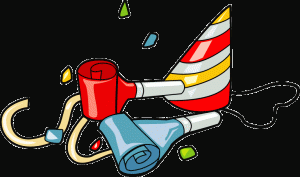


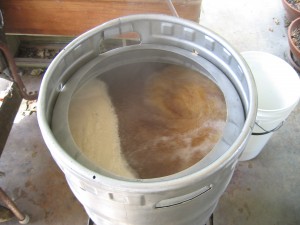
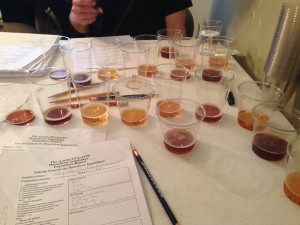

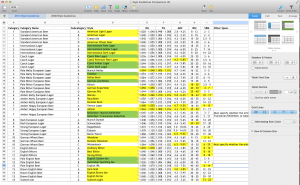

Recent Comments